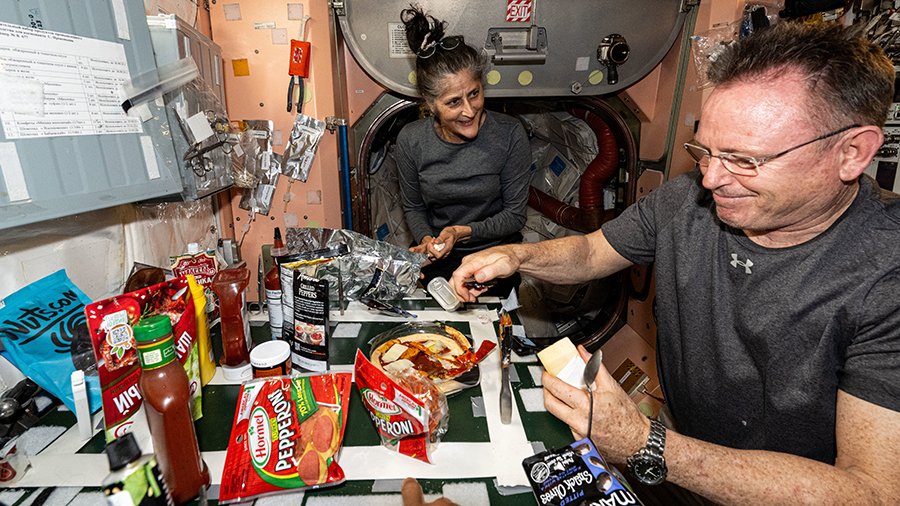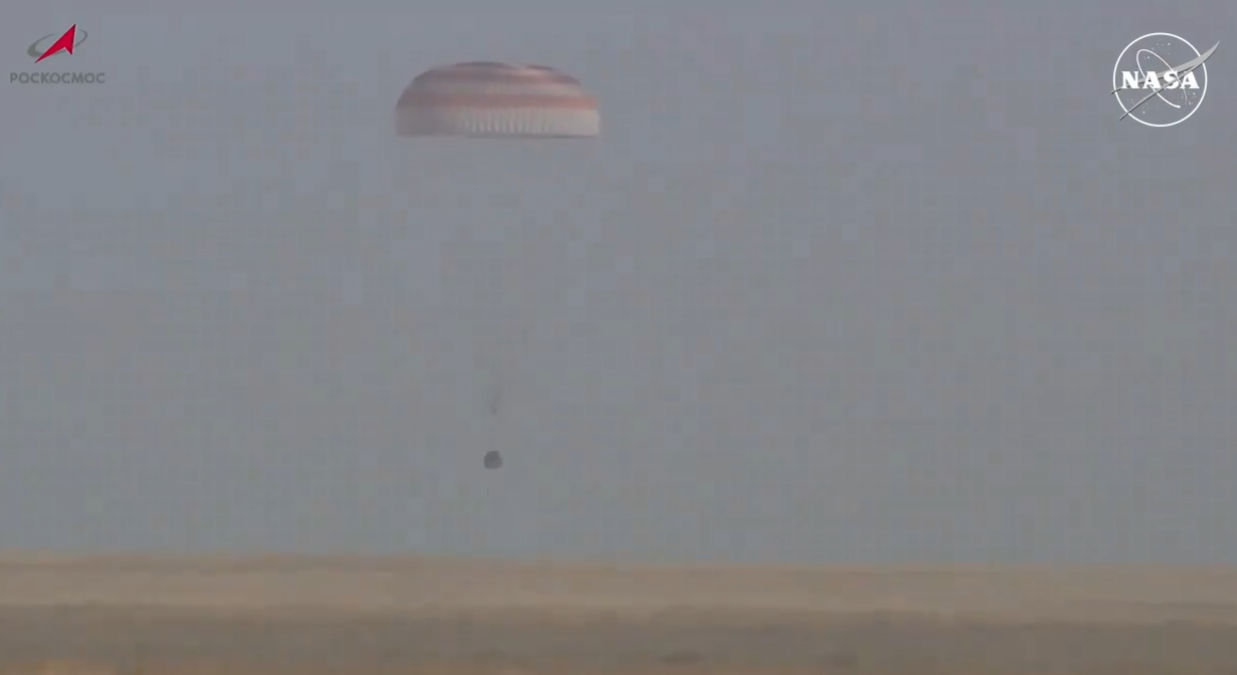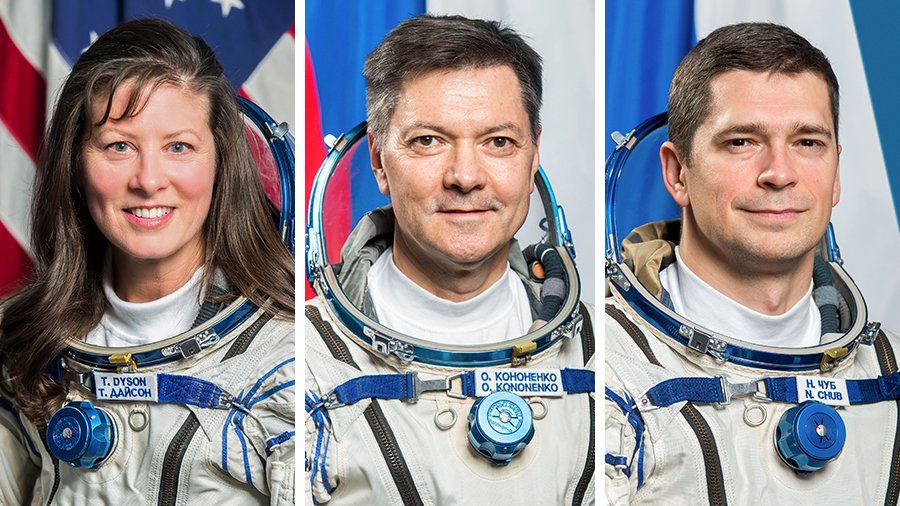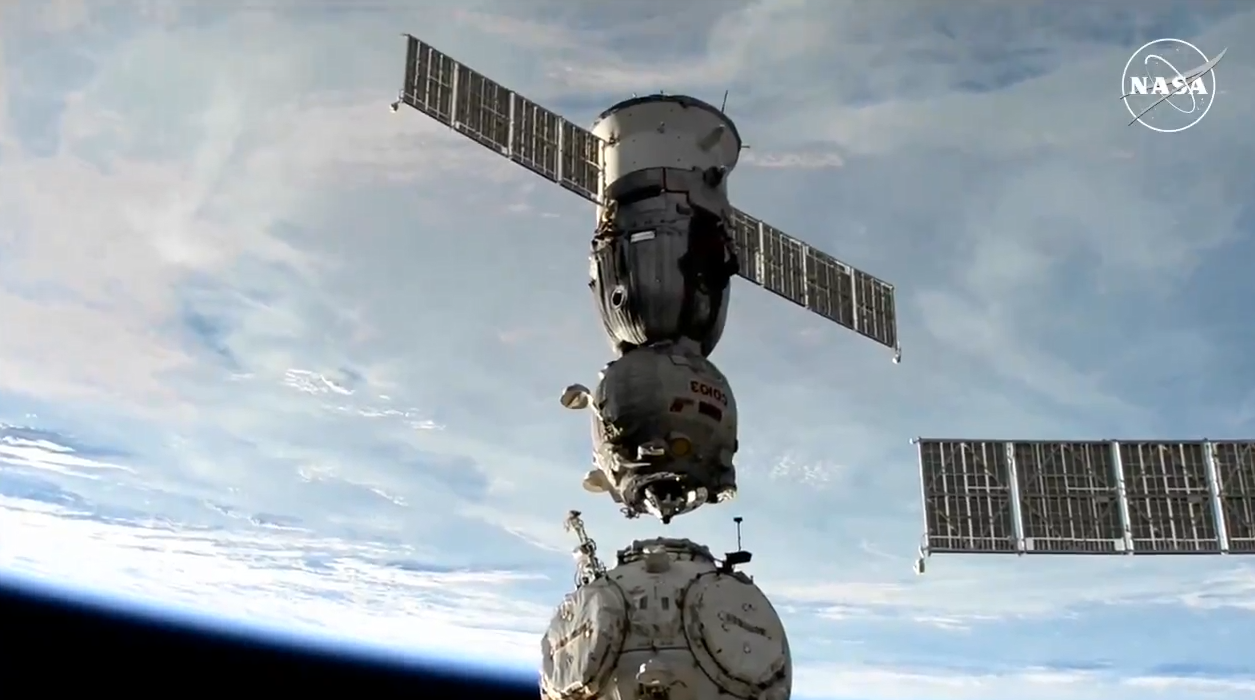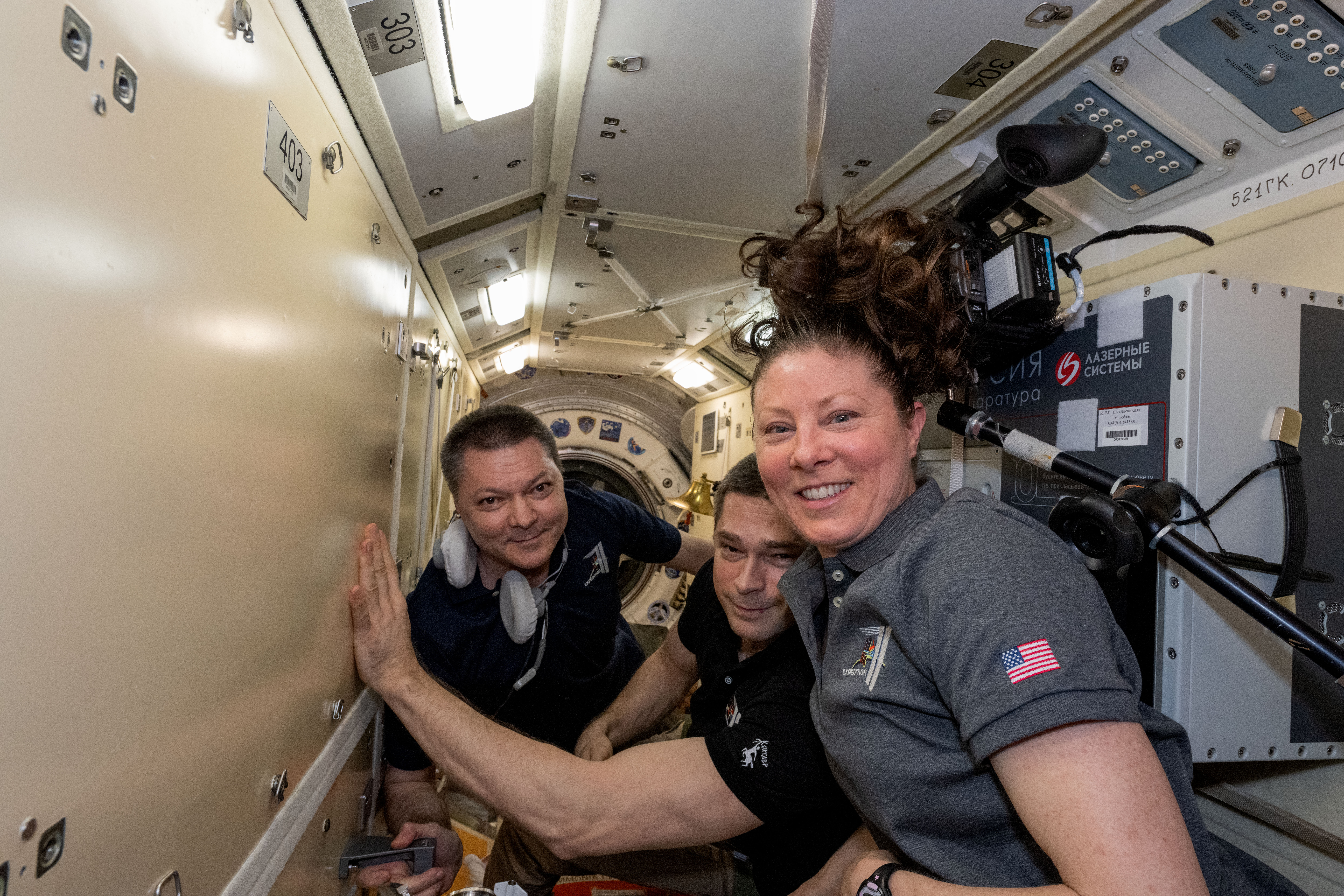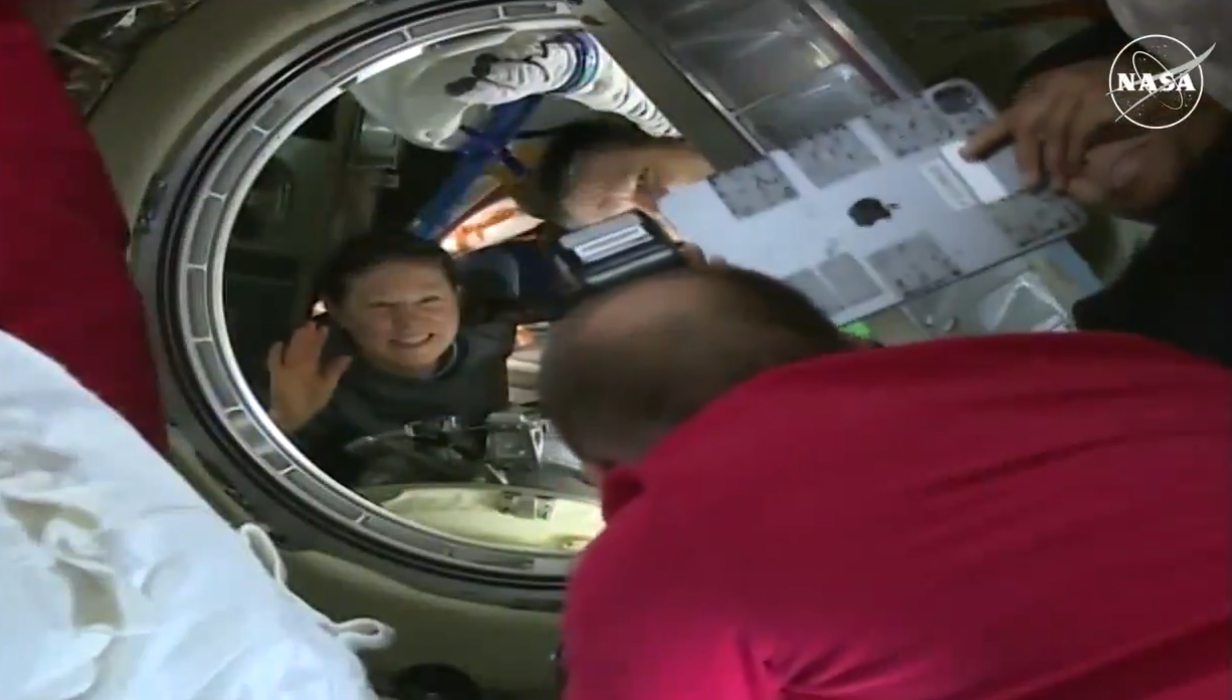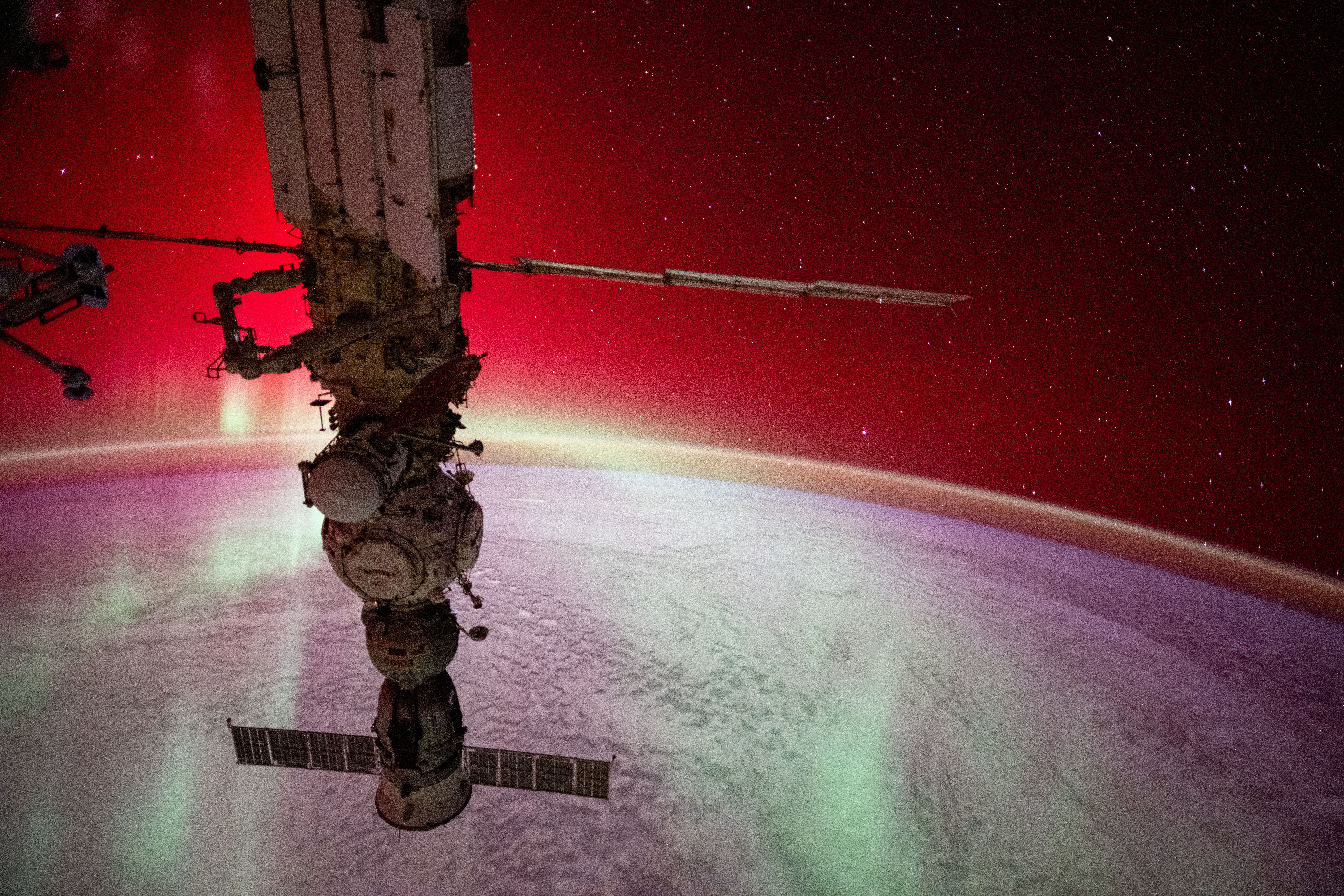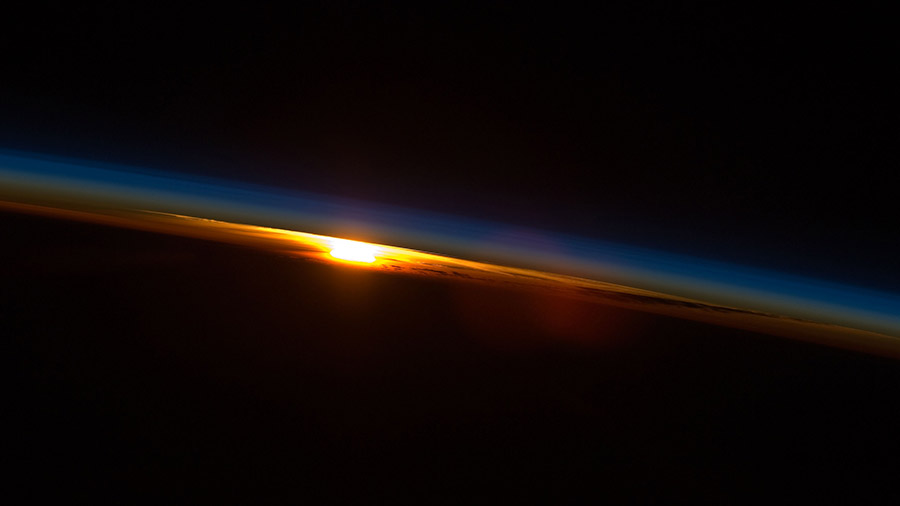
Four International Space Station crew members continue waiting for their departure date as mission managers monitor weather conditions off the coast of Florida. The rest of the Expedition 72 crew on Monday stayed focused on space biology and lab maintenance aboard the orbital outpost.
NASA and SpaceX mission managers are watching unfavorable weather conditions off the Florida coast right now for the splashdown of the SpaceX Crew-8 mission with NASA astronauts Matthew Dominick, Mike Barratt, and Jeanette Epps, and Roscosmos cosmonaut Alexander Grebenkin. The homebound quartet spent Monday mostly relaxing while also continuing departure preps. In the meantime, mission teams are awaiting the next weather briefing scheduled for Wednesday, Oct. 16, at 11 a.m. EDT, and are currently targeting Dragon Endeavour’s undocking for no earlier than 3:05 a.m. on Friday, Oct. 18. The Crew-8 foursome is in the seventh month of their space research mission that began on March 3.
The other seven orbital residents will stay aboard the orbital outpost until early 2025. NASA astronaut Don Pettit is scheduled to return to Earth first in February with Roscosmos cosmonauts Alexey Ovchinin and Ivan Vagner aboard the Soyuz MS-26 crew ship. Next, station Commander Suni Williams and Flight Engineer Butch Wilmore are targeted to return home aboard SpaceX Dragon Freedom with SpaceX Crew-9 Commander Nick Hague, all three NASA astronauts, and Roscosmos cosmonaut Aleksandr Gorbunov.
Williams had a light duty day on Monday disassembling life support gear before working out for a cardio fitness study. Wilmore installed a new oxygen recharge tank and began transferring oxygen into tanks located in the Quest airlock. Hague collected his blood and saliva samples for incubation and cold stowage to learn how microgravity affects cellular immunity. Pettit also had a light duty day servicing biology hardware including the Cell Biology Experiment Facility, a research incubator with an artificial gravity generator, and the BioLab, which supports observations of microbes, cells, tissue cultures and more.
In the Roscosmos segment of the orbital outpost, Flight Engineer Alexey Ovchinin started his day on electronics maintenance before disconnecting and stowing student-controlled Earth observation hardware. Flight Engineers Ivan Vagner and Alexander Grebenkin spent their day cleaning smoke detectors, filling an oxygen generator with condensate water, and servicing ventilation systems. Flight Engineer Aleksander Gorbunov started his day with a computer test measuring his adaptation to weightlessness then spent the rest of his shift photographing crew activities for documentation.
The first flight of Sierra Space’s Dream Chaser to the International Space Station is now scheduled for no earlier than May 2025 to allow for completion of spacecraft testing. Dream Chaser, which will launch atop a ULA (United Launch Alliance) Vulcan rocket and later glide to a runway landing at NASA’s Kennedy Space Center in Florida, will carry cargo to the orbiting laboratory and stay on board for approximately 45 days on its first mission.
Learn more about station activities by following the space station blog, @space_station and @ISS_Research on X, as well as the ISS Facebook and ISS Instagram accounts.
Get weekly video highlights at: https://roundupreads.jsc.nasa.gov/videoupdate/
Get the latest from NASA delivered every week. Subscribe here: www.nasa.gov/subscribe


